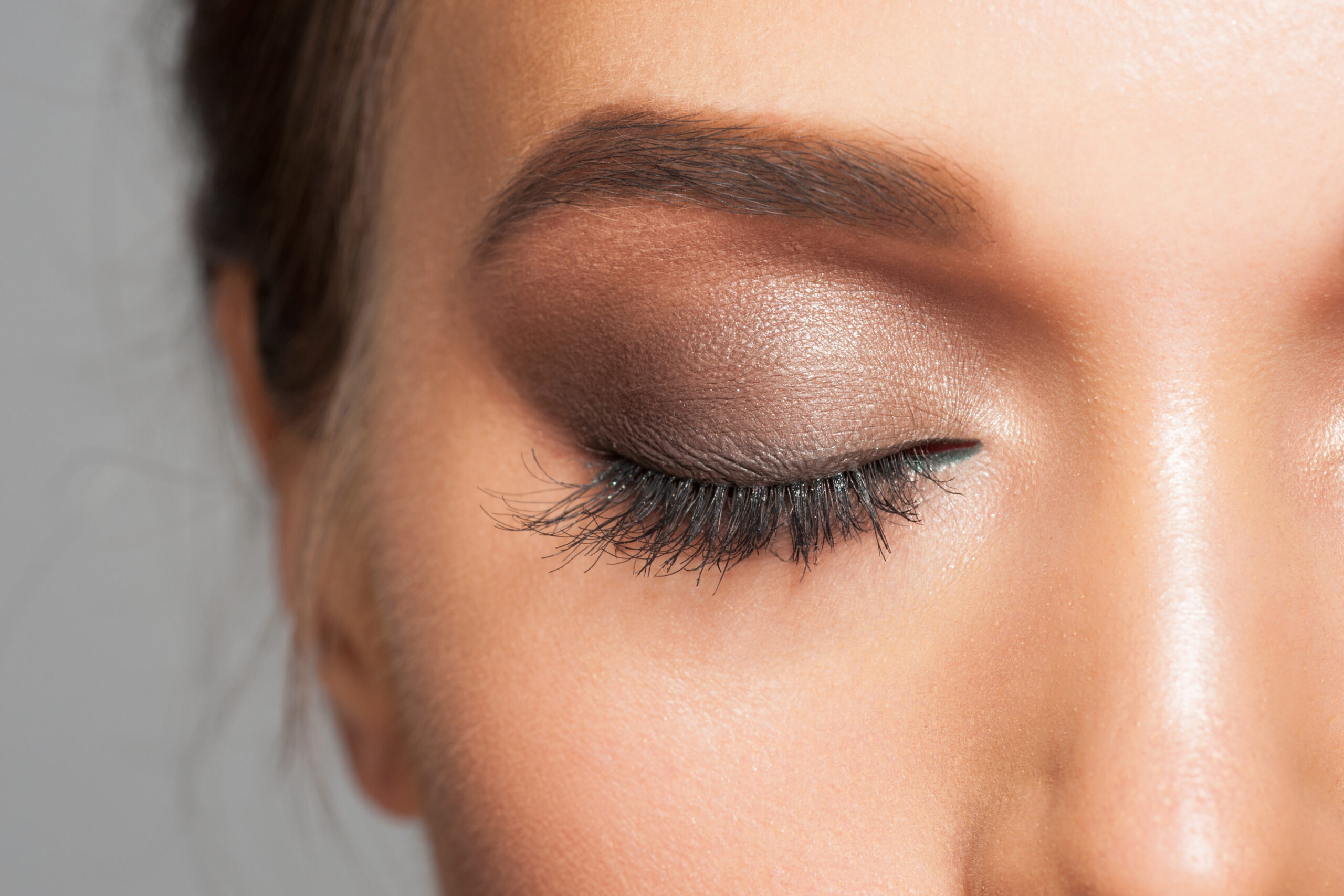Deceptive marketing can hoodwink us into believing a product is eco friendly – so how can we make good choices?
With the trend for all things natural booming, an explosion of products has created a world of chaos for consumers.
How do we identify if a product is as good, clean and natural as it sounds on the label? What are some tricks to watch out for and how can we be more discerning as a consumer? Evaluating our own values for what we want out of a product is more important than ever so that we aren’t inadvertently being greenwashed.
It is now a time-consuming challenge to be a discerning consumer. Trusting a label at face value is impossible in a world where the organic conditioner at the supermarket actually only contains five per cent organic plant material, and the rest of the ingredients are petroleum-sourced synthetics.
Finding easy ways to cut through the hype and spot a greenwashed product will help shoppers find better products.
Let’s talk about natural
The word ‘natural’ is overused when it comes to marketing and its meaning is very broad. For some brands, ‘natural’ means using only whole plant extracts and ingredients, minimally processed.
For others, it might mean using ingredients derived from nature that have been isolated from a wholefood ingredient; capric triglyceride for example, which is usually from coconut or palm oil and holds the function of smoothing the skin and is an antioxidant.
Both of these can be considered natural, but your preference may be for one or the other. As a consumer, it’s important to know what you want so you can find brands that align with your values.
Buying an ethical product is high on the priority list for many of us; a product that has clean ingredients, is good for the planet, priced within our budget, and from a company whose values make us feel good.
What to look for: With the internet so easily available at our fingertips, a quick search can help to identify the depth behind a brand or product. Some questions to ask:
- What do they stand for?
- How do they treat their staff/suppliers/environment?
- Is the product packaging recyclable?
Certifications
Certifications can make it easier to spot an authentic product over a greenwashed one. But be aware some brands will create their own label to provide hype for a product.
Some examples are things like “Fairly Traded” instead of Fair Trade or “Farm Fresh” instead of “Free Range”. Some even use “Natural” as a badge of honour, despite it not meaning much when it comes to ingredients in their products.
Palm oil
Palm oil is commonly used as an ingredient in beauty products and it’s thought that up to 50 per cent of products contain palm oil in some way. Widely considered to be causing huge issues of deforestation, palm oil is used because, as a crop, it offers the highest amount of usable ingredient per metre than any other plant.
The issue of palm is a big one and replacing it with another vegetable oil isn’t a simple solution.
A great place to start is by identifying if palm oil has been used and whether it’s sustainably grown. Choose products that only contain certified sustainable palm (otherwise known as Roundtable on Sustainable Palm Oil – RSPO), which at least ensures further deforestation of rain forests is off the cards.
You can also choose to avoid palm oil altogether.
Next time you see a product claiming to be better than the one next to it, consider whether it is too good to be true, or find a company who has strict standards for what they stock.
Better for you
HealthPost, New Zealand’s leading online natural wellness, health and clean beauty store, created their ‘Good Ingredients Promise’ in 2017, to remove the guesswork customers face when trying to make a natural, healthy and ethical choice.
Their ‘Red List’ contains ingredients and processes that may have negative impacts on human or environmental health. Any ‘Good Ingredients Approved’ products they sell do not contain any ingredients on this list and must meet a number of specific natural, environmental and ethical standards so you can trust you are truly buying a product you can stand behind.”
The ingredients
Can you understand the names of anything? If your product “contains herbal extracts” but has a whole host of synthetic chemicals and a couple of references to plants at the end, it might not be as wholesome and natural as it claims.
Here’s some common ingredients found in beauty products to avoid:
The common ones
- Parabens: Used as a preservative. Associated with hormone disruption.
- Sulphates: Cleansing agent. Tends to irritate.
- PEGs: Emulsifiers. Not very stable. May release carcinogenic ethylene oxide.
- Phthalates: Fragrance or fixative. Associated with hormone disruption.
The less common ones
- Benzophenone: UV absorbers. Associated with hormone disruption and accumulation in the environment.
- DEA / MEA: Stabiliser. Can be irritating and an allergen.
- Cycopentasiloxane/Cyclotetrasilocane: A form of silicone used to lubricate hair and body products. Associated with hormone disruption and accumulation in the environment.
- Alpha isomethyl ionone: Fragrance ingredient. Association with eco-toxicity.
- BHA: Antioxidant. Associated with hormone disruption.
- DMDM Hydantoin: Preservative. Found to form formaldehyde.
- Ethylhexyl Methoxycinnamate: UV absorber. Associated with hormone disruption.
- Paraffin/Petroleum: Base ingredient. Derivative from oil refining. Unsustainable.
- Triethanolamine (TEA): Emulsifier. Can be irritating and an allergen.





